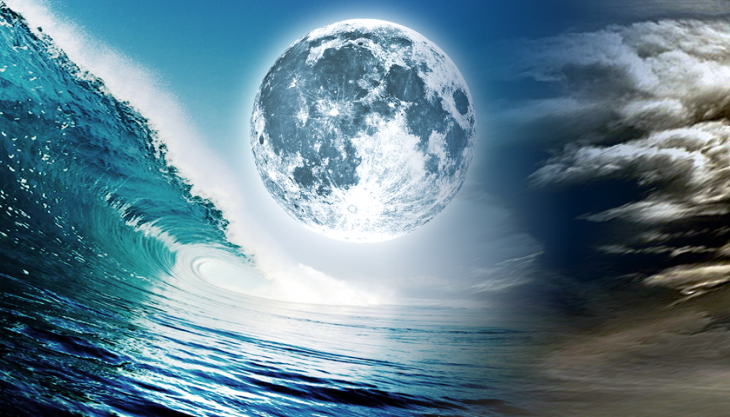Space Geophysics

Head of the department
Dr.Sc., Prof. Nikolay S. EROKHIN
Labs
- Theoretical Fluid Physics, Nonlinear and Non-equilibrium Processes in the Space Environment. Head: Dr.Sc. Alexei A. VASILYEV
- Plasma Physics and Thermohydrodynamics. Head: Ph.D. Sergey N. ARTEKHA
- Dusty Plasma Processes in Space Objects. Head: Dr.Sc., Prof. Sergey I. POPEL
Новости
Head of the department
Dr.Sc., Prof. Nikolay S. EROKHIN
Labs
- Theoretical Fluid Physics, Nonlinear and Non-equilibrium Processes in the Space Environment. Head: Dr.Sc. Alexei A. VASILYEV
- Plasma Physics and Thermohydrodynamics. Head: Ph.D. Sergey N. ARTEKHA
- Dusty Plasma Processes in Space Objects. Head: Dr.Sc., Prof. Sergey I. POPEL
Themes
- application of the resonant phenomena theory to the problems of charged particles dynamics in electromagnetic fields of complex configuration, propagation of electromagnetic and other waves in various natural environments, development of physical principles of quantum neural networks and methods to control autonomous devices exploiting them;
- large-scale tropical cyclogenesis as based on turbulent vortex dynamo, the relationship between geoeffective phenomena in the lithosphere, atmosphere and ionosphere of the Earth;
- solar flares of low intensity and X-ray bursts, X-ray emission of the night ionosphere and its seasonal dependence;
- influence of captured charged particles on plasma phenomena, charging of bodies and dust particles in space and laboratory conditions, plasma diagnostics by electric probes, plasma dynamics of lightning discharges under external influences;
- problems of the origin and evolution of dust particles and plasma-dust objects in the Solar System and space, in particular, near the Moon and Mars.
In general
The Space Geophysics Department grew out of a separate laboratory of the same name within the Applied Space Physics Department, headed by Professor Semyon S. Moiseev (1929-2002), a greatest expert in plasma physics, the theory of turbulence and self-organization processes in non-equilibrium media.
In 1983, the laboratory became the Applied Space Research Department, since 1995 — the Space Geophysics Department. The central problem, which ties the works of the Department, is the problem of self-organization, first of all, the problem of large-scale structures stability and its emergence in continuous media.
In particular, the stuff members of the Department participated in expeditions to check experimentally the theoretical mechanisms of the tropical cyclones genesis. In 1985-88, a NEGA experiment was run at the Salyut-7–Kosmos-1686 orbital complex to register neutron and gamma-quantum fluxes. In 1995-97, the experiments GRIF and TAURUS (the study of cosmic gamma-ray bursts and solar flares) were carried out aboard Mir orbital station, at its Spektr module. In the 1990s an onboard lidar for remote study of Mars from NASA's Mars Climate Orbiter and Mars Polar Lander spacecraft (Mars Surveyor'98 Program, 1998) and an X-ray spectrometer RPS-1 for solar observations in the Coronas-F project were developed.
In parallel, the propagation of electromagnetic waves in plasma was studied in theoretical works, which can be applied for the studies of the near space and the distant astrophysical objects. Works in the field of dynamic chaos theory were developed in the context of applied studies of the surface of Mars, the dynamics of typhoons, the movement of asteroids, comets and spacecraft.
Current tasks of the Department for today are focused on the study and modeling of complex non-equilibrium processes: generation of structures in the atmosphere and near-Earth space, the mechanisms of critical events premonitory symptoms and indicators in ionosphere, mechanisms of formation of precursors and, the influence of helicity on the dynamics of typhoon genesis, generation of the charged ultrarelativistic particle fluxes in the heliosphere and influence of the cosmic ray fluxes on the large-scale cyclogenesis in the Earth’s atmosphere, analysis of processes in a secondary emission radioisotope current source, and many others.
A relatively new direction is the study of dusty plasma, which consists not only of electrons, ions and neutrals, but also charged dust particles. This is a frequent phenomenon in space, and this studying is a key to understanding many processes, such as the formation of planets near stars or the behavior of dust near the Moon surface. To study these processes, first of all, the dusty plasma above the lunar surface, a new laboratory of dusty plasma processes in space objects was established in 2014.
